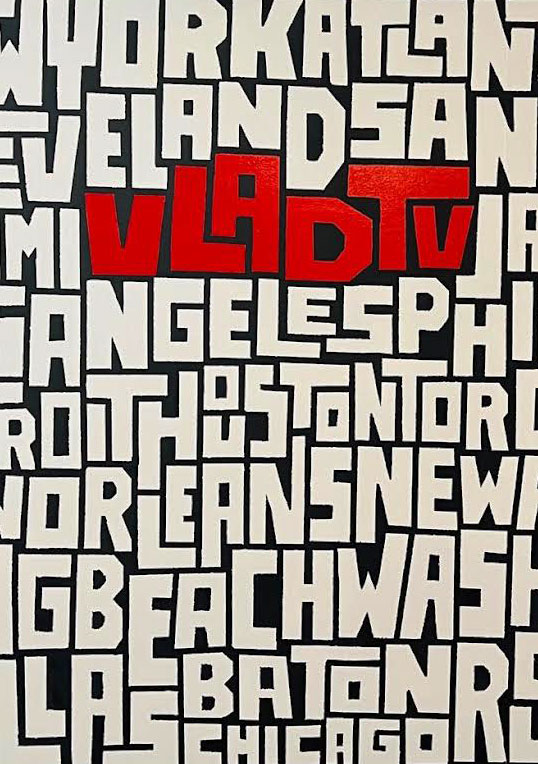Have you ever wondered how much a $10,000 bill is worth? Well, it turns out that this seemingly outrageous amount of money is not just a figment of imagination. In fact, a rare $10,000 bill from 1934 recently sold at an auction for a whopping $480,000!
This might sound unbelievable, but it's true. The bill, which features Salmon P. Chase, Secretary of the Treasury under President Lincoln, gained its exceptional value due to its rarity and historical significance. The United States stopped using bills of all denominations over $500 in 1969, making these high-value notes extremely scarce.
Back in the day, $10,000 bills were primarily used for transferring money between Federal Reserve banks. They were not meant for common circulation but rather served as a convenient method for large-scale fund transfers. However, with the advent of electronic banking and the decline in demand for high-denomination bills, the need for these notes diminished over time.
This particular bill's price at the auction demonstrates the value collectors place on pieces of history. It also showcases how scarcity and demand can drive up the price of an item. In the world of currency collectibles, rare bills such as this $10,000 note can fetch substantial sums at auction, attracting both passionate collectors and astute investors.
It's important to note that not all high-value bills will sell for such staggering amounts. The value of a bill depends on various factors, including its condition, rarity, and historical significance. Additionally, bills with unique serial numbers or rare printing errors can also increase their worth.
Source: Youtube

